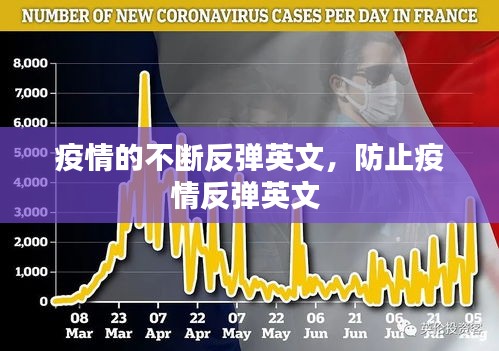<!DOCTYPE html>
<html lang="en">
<head>
<meta charset="UTF-8">
<meta name="viewport" content="width=device-width, initial-scale=1.0">
<title>Continuous Resurgence of the Pandemic</title>
</head>
<body>
<h1>Continuous Resurgence of the Pandemic</h1>
<h2>Introduction</h2>
<p>
The COVID-19 pandemic has been a global crisis that has affected millions of lives. While there have been significant efforts to control the spread of the virus, the pandemic has shown a worrying tendency to resurgence. This article explores the factors contributing to the continuous resurgence of the pandemic, the challenges faced by health authorities, and the potential strategies to mitigate future outbreaks.
</p>
<h2>Factors Contributing to Resurgence</h2>
<p>
The resurgence of the pandemic can be attributed to several factors. Firstly, the virus itself has demonstrated a high degree of adaptability, allowing it to mutate and evade immunity. This has led to the emergence of new variants, such as Delta and Omicron, which have caused significant spikes in cases. Secondly, the relaxation of public health measures, such as social distancing and mask-wearing, has provided opportunities for the virus to spread more rapidly. Lastly, the uneven distribution of vaccines has created disparities in immunity levels across different populations, making some regions more susceptible to outbreaks.
</p>
<h2>Challenges for Health Authorities</h2>
<p>
Health authorities around the world face numerous challenges in managing the continuous resurgence of the pandemic. One of the primary challenges is the rapid spread of the virus, which requires a swift response to identify and isolate cases. Additionally, the need for ongoing surveillance and data collection to monitor the spread of the virus and its variants is critical. Furthermore, the development and distribution of effective treatments and vaccines are essential to control the pandemic. However, the production and distribution of vaccines have been hampered by logistical and financial constraints, as well as vaccine hesitancy in some populations.
</p>
<h2>Strategies to Mitigate Future Outbreaks</h2>
<p>
To mitigate future outbreaks, several strategies can be implemented. Firstly, investing in research and development to improve the understanding of the virus and its variants is crucial. This includes studying the behavior of the virus, the effectiveness of existing treatments, and the development of new vaccines. Secondly, strengthening public health infrastructure to ensure rapid response to outbreaks is essential. This involves enhancing surveillance systems, improving laboratory capacity, and ensuring effective communication between health authorities and the public. Thirdly, promoting widespread vaccination is key to building immunity at a community level. This requires addressing vaccine hesitancy through education and communication campaigns. Lastly, international cooperation is vital to ensure equitable access to vaccines and treatments, as well as to share knowledge and resources to combat the pandemic effectively.
</p>
<h2>Community Engagement and Behavioral Change</h2>
<p>
Community engagement plays a pivotal role in managing the pandemic. Public health campaigns that promote hygiene practices, such as handwashing and respiratory etiquette, are essential in preventing the spread of the virus. Additionally, encouraging individuals to get vaccinated and adhere to public health guidelines is crucial. Behavioral change, such as increased awareness of the risks associated with the pandemic, can lead to more responsible actions, such as wearing masks in crowded places and avoiding large gatherings. These collective efforts can significantly reduce the impact of the pandemic and its resurgence.
</p>
<h2>Conclusion</h2>
<p>
The continuous resurgence of the pandemic is a complex challenge that requires a multifaceted approach. By understanding the factors contributing to the resurgence, addressing the challenges faced by health authorities, and implementing effective strategies, we can work towards controlling the spread of the virus and protecting global health. It is a collective responsibility that requires the commitment and cooperation of governments, health organizations, and individuals alike.
</p>
</body>
</html>转载请注明来自威巍集团,本文标题:《疫情的不断反弹英文,防止疫情反弹英文 》
百度分享代码,如果开启HTTPS请参考李洋个人博客












 蜀ICP备2022005971号-1
蜀ICP备2022005971号-1
还没有评论,来说两句吧...